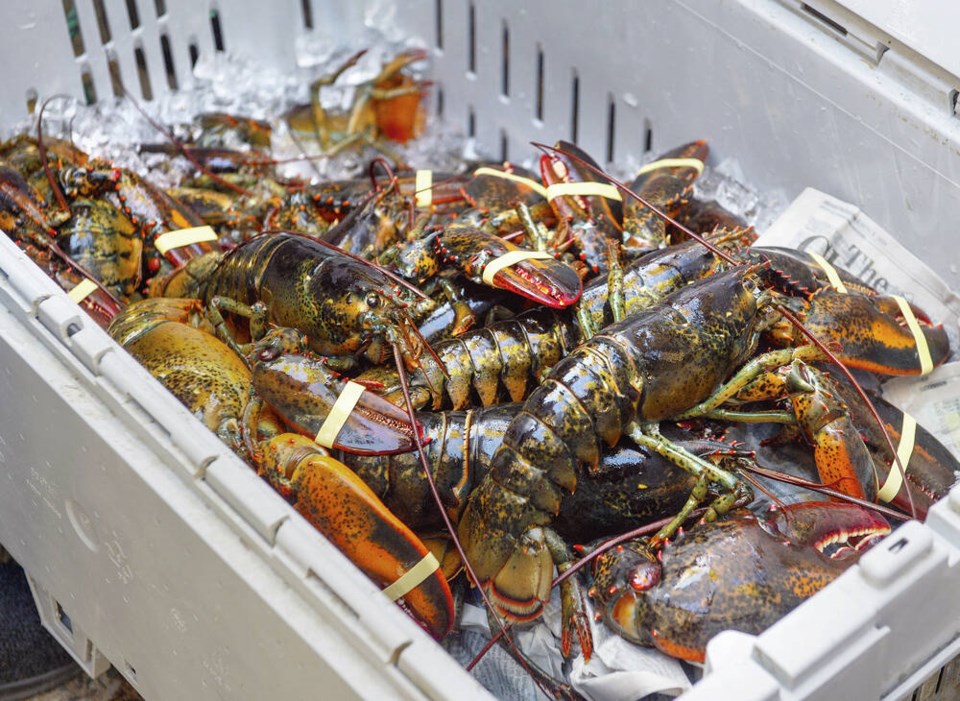It is disappointing that crustaceans have been added to a so-called “red list” of seafood to avoid as a way of protecting endangered whales, Canadian lobster and crab harvesters said Tuesday.
A recent report by California-based Seafood Watch, a group that monitors global harvesting of fish and crustaceans, said lobster and crab fishing industries are a menace to the endangered North Atlantic right whale because the animals get entangled in fishing gear.
Geoff Irvine, executive director of the Lobster Council of Canada, says the red-listing does not take into account the “significant efforts” being made by Canadian lobster harvesters to avoid entanglements with the whales.
“We have an extensive program where when we see a single whale, we close all the fishing around that whale for a period until the whale leaves,” he said in an interview Tuesday.
“They simply say that whales are still dying so you have to do more. Well, it’s only so much we can do.”
It’s too early to tell if and how much of an effect the red list will have on consumers, he added.
Thousands of businesses use Seafood Watch’s recommendations to inform their seafood-buying decisions, and many have pledged to avoid any items that appear on the red list. Seafood Watch assigns ratings of “best choice,” “good alternative” and “avoid” to about 2,000 seafood items based on how sustainably they are managed.
The lobster fishing industry has come under scrutiny from Seafood Watch because of the risks to right whales. The North Atlantic right whales number less than 340, and entanglement is one of the two biggest threats they face, along with collisions with ships, scientists with the U.S. National Oceanic and Atmospheric Administration and other groups have said. The population of the giant animals, which were decimated during the commercial whaling era generations ago, has fallen in recent years.
Most of the lobster and crab fisheries are in the Gulf of St. Lawrence, which borders several provinces, including Quebec, New Brunswick, Nova Scotia, and Newfoundland and Labrador, said Kim Elmslie, campaign director with Oceana Canada, a non-profit dedicated to ocean conservation.
Whales enter the Gulf of St. Lawrence and surrounding areas in late April just as the commercial snow crab season begins, leading to an overlap, she said.
About 86 per cent of the whales show scarring from an entanglement, while some animals have been ensnared more than once, she said. While some whales are able to shimmy out of the fish gear — and a few are rescued by Fisheries and Oceans Canada — she said others are not so lucky.
“They will just die a very slow and painful death.”
Entanglement in fishing gear is the leading cause of serious injury and death to the North Atlantic right whale in Canadian and U.S. waters, said a statement from the Monterey Bay Aquarium in California, which owns and operates the Seafood Watch program.



